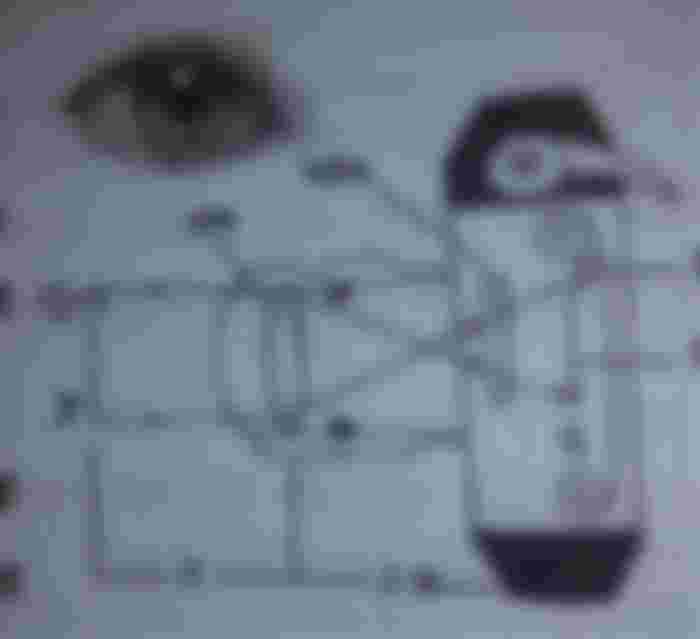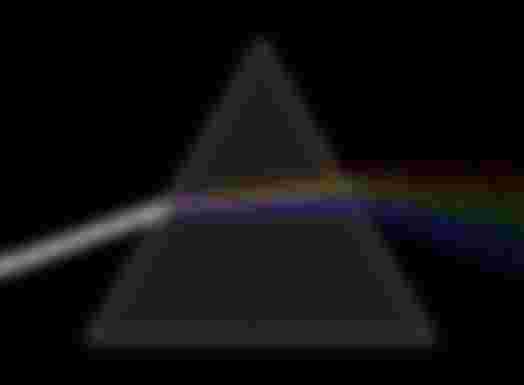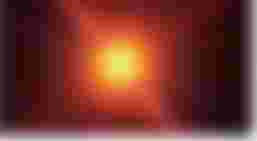Light is a kind of energy or external cause, which enters the eye and gives rise to the feeling of vision. [1] Light makes the object visible, but it itself is invisible. We do not see the light, but see the illuminated object. Light is a kind of diffused energy. It is a kind of wave. Light travels from one place to another in the form of oblique electromagnetic waves. The speed of light varies with the medium. The speed of light is disproportionate to the density of the medium. The speed of light through zero is the highest, the speed of light is not infinite. The speed of light in space is 29,97,92,454 meters per second or 1,6,000 miles. It is not possible to touch the speed of light in any way. There is no relative speed of light. The speed of light is always equal. Visible light is basically just a small part of the electromagnetic spectrum. Which we see in the rainbow. Light is reflected, refracted, refracted, distorted. Surprisingly, particle religion and wave religion exist at the same time.

The position of visible light in the electromagnetic spectrum
Policy editing of light path and format
In 1850, Pierre Fermat gave a policy on light, known as the Fermat principle. According to this principle, "when a ray of light is reflected or reflected on a flat surface according to the law of reflection or refraction, it always follows the shortest path." [3]
We know that if a light ray travels from one point to another distance after being reflected or refracted by a flat surface, the shortest time it takes to reach that distance is the shortest time it takes to reach that distance. Now the principle of the shortest path of light or the minimum time is only applicable to a flat surface. With the exception of the globular surface, the ray of light will travel the shortest or longest path. However, the path of light will always be constant. [3]
Reflection of light
LIGHT REFLECTION is the process by which a part of a ray of light passes through a translucent medium and falls under a differential medium.

Sources of light reflection:
The incident ray, the reflected ray and the perpendicular drawn to the reflector at the point of incidence are always on the same plane.
The values of angle of incidence and angle of reflection are always the same. [3]
Refraction of light
If light is projected diagonally under the separation of two transparent media of different densities, the direction of the beam changes as it enters the second medium. This change in direction is called refraction of light. The law of refraction of light
The perpendiculars drawn between the incident rays, the refracted rays and the point of incidence of the two mediums are always on the same plane.
The ratio (refractive index) of the sine of the incident angle and the sine of the refraction angle is always the same at the difference of two specific media, in the refraction of light of a certain color. [3]
Thus, sin i / sin r = meu



